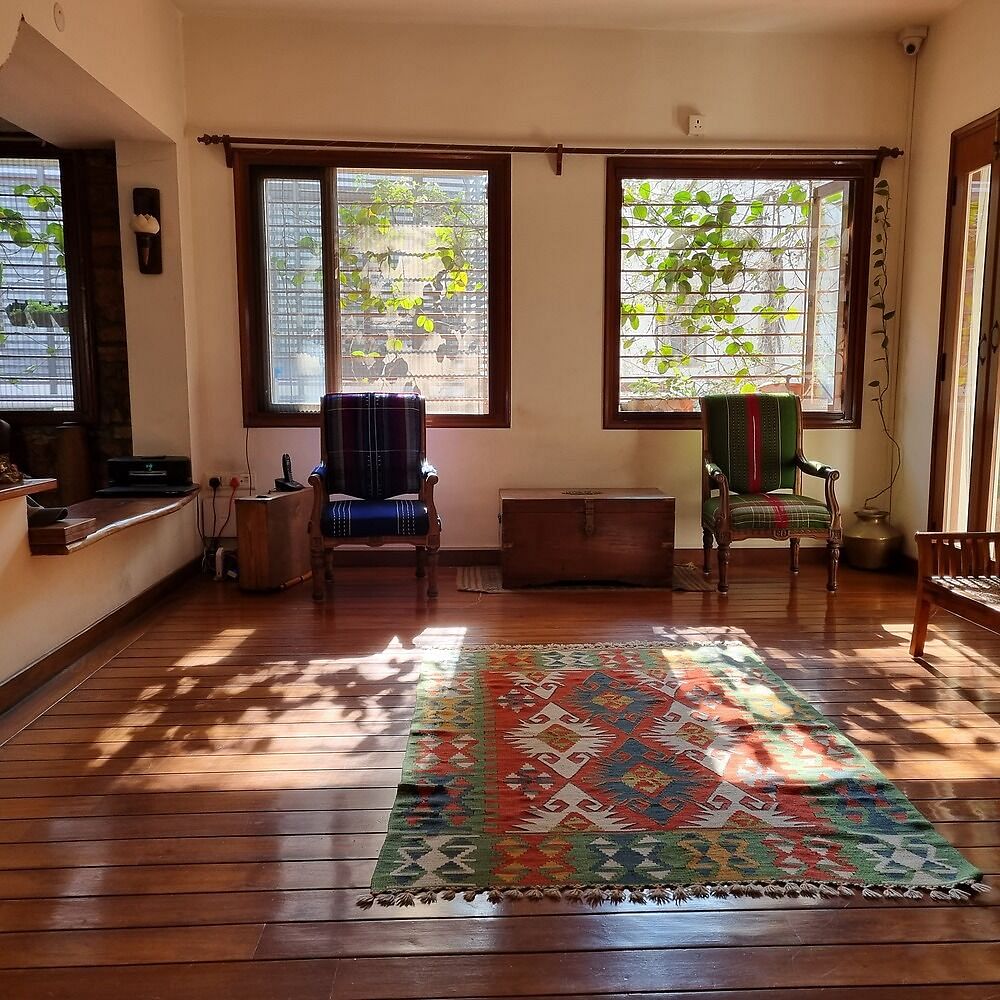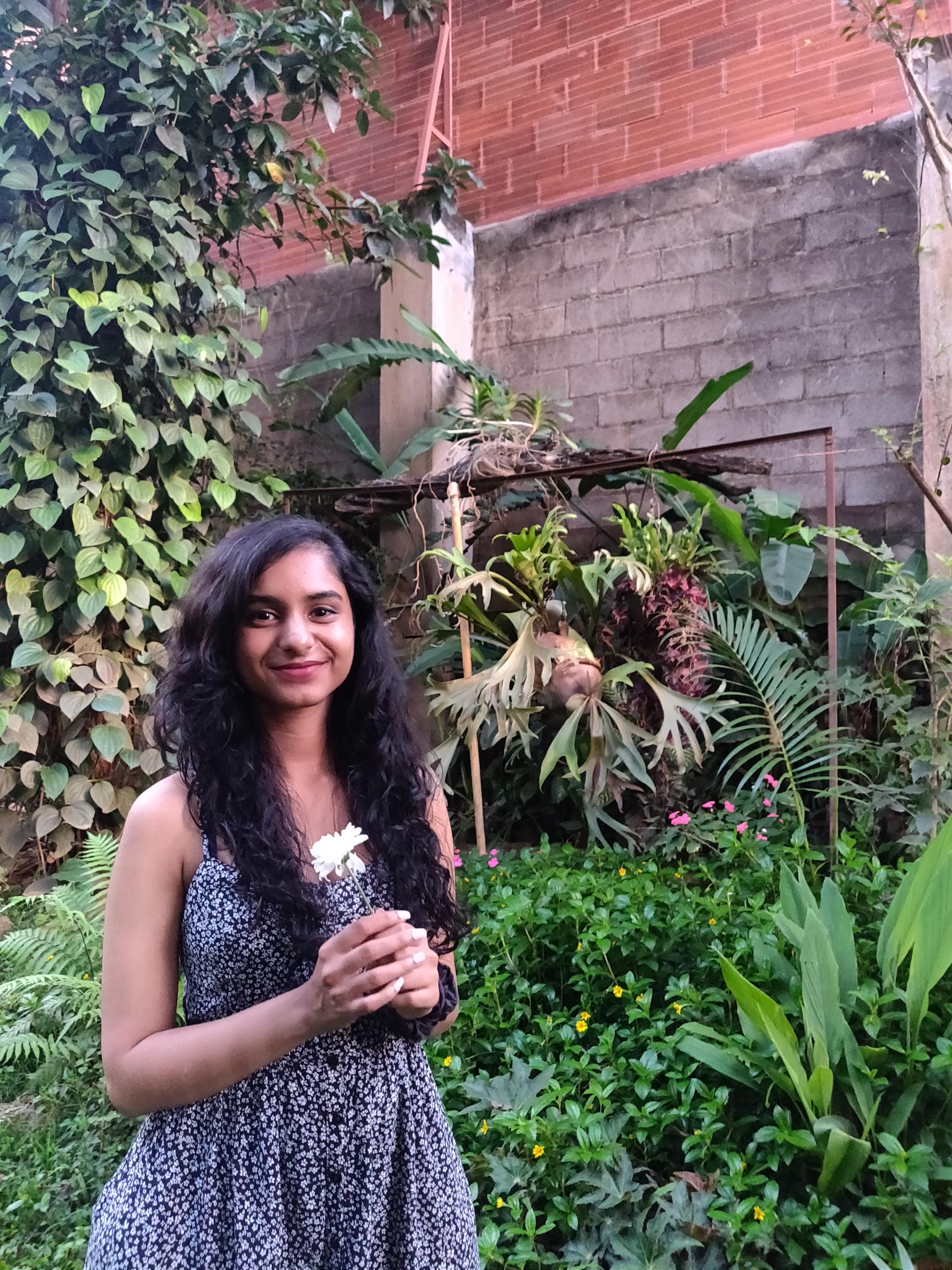Sustainability is a lifestyle choice. What does it mean? That we efficiently use resources from sourcing to disposal in a way that sustains us (and can sustain subsequent generations). Overall, it involves making tweaks to your lifestyle which includes how you buy things and where you buy them from. We won’t bore you with the specifics, but it generally involves making choices for the long term, being more mindful of the things you already have. We spoke to Reema Gupta, the Founder and Head of Sustainability at The Slow Farm in Bangalore to get an insight into how to create a sustainable home. SLOW is an acronym for Sustainable Local Organic Wholesome. She believes that sustainability comes from a behaviour shift, and once beliefs are aligned with it, the choices we make (material and otherwise) automatically follow. That being said, if you want to gradually start making a shift towards sustainability, here are some suggestions. You might find that in your hunt for quality material and finish, you might already be moving towards it!
6 Ways To Add Sustainable Decor To Your Home By Reema Gupta Of The Slow Farm
Keep Things Natural & Minimal
This tip is a no brainer of course. Working with nature and natural materials is a classic way to make the best of what you have and is generally low on harmful materials. So using more natural lighting, optimising your home set up to take advantage of ventilation, and of course using natural materials (clay, wood, bamboo, natural fibres, etc). “Don’t clutter homes with too much - so the few decor pieces used will stand out”. Basically, go with “minimal” decoration throughout the home. The few pieces that are used can be curios, souvenirs, and decor with stories attached. When it comes to home linens, getting 100% organic cotton sheets, bamboo lights (and blinds), cane and jute placemats, and soy wax candles because of how long their burn time is.
LBB’s Picks: Kadam Haat, Green Heirloom, Sashaa World, Okhai (for curios), Mianzi, Amala Earth (for sheets)
Brands Reema Recommends: Oma Living, Bamboopecker. For the jute mats pictured, check it out on the slow farm website here.
Plants
Plants are “very integral” to homes that are trying to be sustainable, Reema says. The joy of nurturing anything as well as the extra oxygen help cool homes. They’re also great protection against harsh sunlight, dust, and noise too if you have enough. She adds that plants grown in clay pots is a low maintenance option. in giving back to the local community and economy. For those who don’t have a backyard, garden, or outdoor space, placing it by the window or balcony is also an option. Greenery of all kinds can be calming, be it succulents or even mini-kitchen gardens (also a great starting point to composting, which only requires kitchen waste for the most part) with herbs and veggies. Growing your own food is quite the sustainable option too says Seema.
LBB’s Picks (for planters): All That Grass, Kopou, De'Dzines (for planters), and you can buy plants online here.
Pro-Tip: Check out The Slow Farm's organic planter kit if you want to start an easy kitchen garden.
Use And Reuse
The best things to add to your home are ones you already have. The simplest thing to do is to pick up secondhand furniture, hand me downs (if possible), upcycled decor, and options that use reclaimed and recycled materials. This is easy to do with home linens, because curtains, blinds and rugs can be fashioned out of old fabric (and clothing too for small pieces) as long as they meet the thickness requirements. It’s also a great way to add some sentimentality and story to your home - always a good conversation piece. Wherever possible, swap out disposable options with reusable/washable ones (napkins, wipes, utensils etc) but also to be mindful of the material. For instance, bamboo-based cutlery, kitchenware and planters may look great but are more susceptible to water damage.
LBB’s Picks: Upcycle by Tabi, Rimagined, Sirohi and more options here
Brands Reema Recommends: Metaphor Racha, any local supplier of handloom fabric for upholstery
Accept Imperfections
In our quest for perfection and convenience, we automatically reach to mass-produced decor and furnishings be it bedding or cutlery. A more sustainable alternative is to shop either directly from artisans, or brands that work with them (and compensate them fairly, while being transparent about the same). Handmade items, and anything that is made of handloom and handwoven fabric is a good place to start for the uninitiated. These also usually require lower resources along the supply chain. If you can, look for bedding and/or fabric options where the end of the fabric is where the loom finishes off. Low on waste, long-lasting, low-maintenance Reema also says that these get softer and cosier over time.
LBB’s Picks: Kairu, ArtEastri, Rustic Illusions, Indiholic, A Tiny Mistake
PS - If you want the organic cotton bed linen in the image, check here.
Go Local
Something that LBB and Reema wholeheartedly agree on is going local. Buying from most local brands automatically reduces your carbon footprint. If you’re a conscious consumer of any level, chances are you’ll find plenty of local decor stores in your city. Buying from artisans be it for bamboo and cane products from the north-east, or coconut shell based products from the south also counts! The important thing to remember is to invest in quality over quantity.
LBB's Picks: Baaya Design, Green Heirloom, Thenga, Freedom Tree
Other Tips
Other ways that you can make your home sustainable include waste segregation. Wet waste can be composted and work well to fertilise plants in and around your home. Those of you using water purifiers can collect the runoff (instead of literally letting it go down the drain) while it’s filling the tank and use it to water your plants or clean your home. It’s not always about picking up “sustainable” products but also realistically changing your lifestyle to be more sustainable. At the end of the day, it’s to make choices that suit your lifestyle and needs, rather than doing an overhaul. When looking at fresh produce, or anything that uses plant-derived material, choose organic since they're relatively low on harmful chemicals, water use, and other resources. For more updates on The Slow Farm, check out their IG page here.



